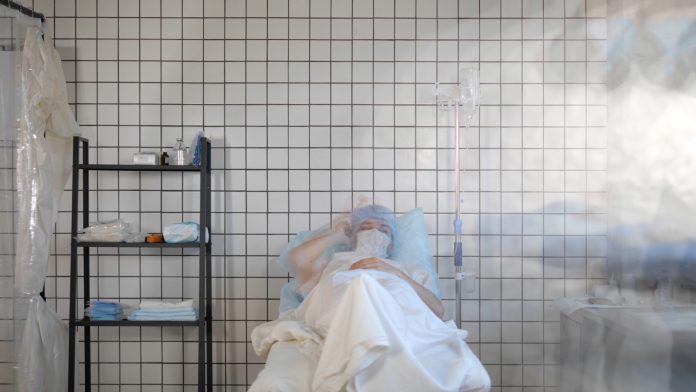Unequal access to care is an ongoing issue reframed by the pandemic, where socially vulnerable areas had more severe cases of COVID-19
Using the social vulnerability index, or SVI, researchers find that ZIP codes make a difference in the outcomes of patients with COVID-19 when admitted to hospital.
Combining multiple factors, SVI creates a score based on factors like: a local area’s average income, education level and household density to the percentage of households led by single parents, or where English is not the primary language.
Taking data collected from the SVI scores, the study uncovered that the severity of COVID-19 cases varied – but were predominantly worse in less economically advanced areas – displaying a disparity in equal access to care depending on regions in the US.
This study finds that patients from more socially vulnerable areas were reportedly sicker when they got to hospitals, but did just as well by the time they left, which highlights the necessity for better access to care and quicker response times to the virus for those in certain demographics.
The role of hospitals in equalising health outcomes
Using data from over 2,300 patients hospitalised for COVID-19, across 38 hospitals in Michigan from March to December of 2020, the researchers from the University of Michigan and the University of Colorado found that SVI at the county level had a huge role in COVID-19 case rates and death rates.
Reflected by individual patient data and ZIP code-level, researchers found that SVI is much more indicative of the hyper-local conditions that can shape a person’s access to and use of care – though these differences did go away by the time their hospital journeys were over – depending on whether they left the hospital alive.
Published in the Annals of Internal Medicine, this new study demonstrates the importance of social and economic inequality in the way the pandemic is playing out, as well as how early in their illness people seek or are able to access care.
Dividing SVI into four quartiles, they looked at difference in percentages of patients who experienced each type of severe symptom, treatment option and outcome by quartile.
Differences of several percentage points developed for most measures examined, even after factoring out individual patients’ underlying health status.
Higher SVI – which is worse – has also been shown to correlate with low COVID-19 vaccination rates, so once data from 2021 are available through Mi-COVID19, the team will look at how care and outcomes for people with severe COVID-19 changed once vaccines were available.
COVID-19 sent nearly 900,000 Americans to the hospital, since 2020
Overall, the people who lived in the most underprivileged ZIP codes were more likely to have severe cases of COVID-19, with symptoms such as low blood oxygen levels when admitted, and to need support for failing lungs and other organs through technologies such as ventilators and dialysis once they were in a hospital bed.
However, these people were no more likely to die than those from more-privileged areas, and no less likely to go back to their own homes instead of a nursing home.
More disadvantaged, and therefore, higher SVI, areas are found across the state and nation, in both rural areas and cities.
Renuka Tipirneni, M.D., M.S., lead author of the new study, said: “Outcomes at hospital discharge appear equitable for these patients, but the question is, what leads to the initial disparities in seriousness of illness that they arrive with?
“Are people not getting access to testing or treatment early in their illness? Are there other individual patient-level social risks such as ongoing difficulties with transportation, housing, or sick leave at work? Did they delay seeking care because of lack of access?”
“Once they’re getting that care, there are equal outcomes, which is encouraging. This analysis zooms in on individual patients, and zooms out on what’s influencing their outcomes in their neighbourhood.”
Strategies to change COVID care access issues
The researchers highlight strategies which could make a difference to these existing healthcare disparities: taking information available in multiple languages, and ensuring that outpatient treatment and transportation to appointments are available during the times people need it no matter what their schedule.
The researchers state that the findings could help policymakers target less-privileged areas with more services to prevent and respond to severe cases of COVID-19, as SVI has already been used by the state of Michigan, and other states, to prioritise COVID vaccination outreach.











